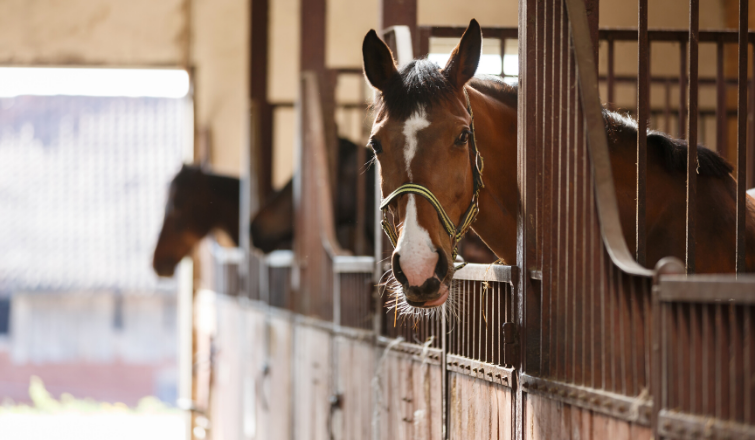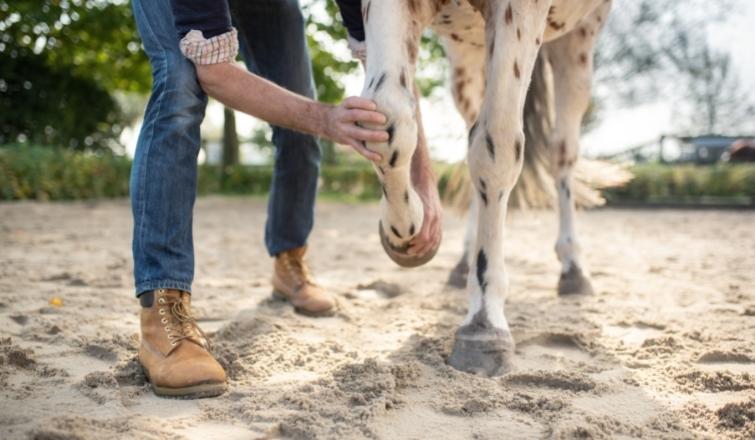
How to Develop an Eco-Friendly Stable
How to Develop an Eco-Friendly Stable
Whether you’re building your horse stables from the ground up or you are improving an existing facility, ensuring that your stable is eco-friendly is a great way to keep the horses healthy and happy while simultaneously saving money and keeping a clean environment. Continue reading to learn how to develop an eco-friendly stable, and how doing so will benefit you.
Cleaning it Up
Generally speaking, working horse facilities can be harsh on the local ecosystem:
- Manure piles can cause harmful runoff into local water sources during rain or after a snowstorm
- Pesticides and grooming solutions rinse down drains and have the potential to end up in the soil or local water sources
- Overgrazing can lead to disruptions in the local ecosystem by leaving the land barren and unable to regenerate
With proper planning and management, these problems can be corrected.
Manure Management
In order to ensure that your stable is properly managing the manure that is produced on a daily basis, a detailed and thorough plan for the removal and management of manure should be put in place. This plan should include plans for collection, storage, and disposal or use. Manure storage areas should feature a watertight floor that prevents the runoff from seeping into the ground. As an extra precaution, it should be located away from any natural water sources, as well. Choosing to reuse manure as a fertilizer for your paddocks is an excellent way to reduce waste and the use of harmful chemicals on your land, as well; composted manure provides land with an excellent source of natural nutrients.
Related Articles
What Is The Best Manure Management System For A Horse Barn?
How To Develop A Practical Biosecurity Plan For Your Barn – Great Tips
Pasture Rotation
Ensuring that the pastures used for grazing are regularly rotated will prevent the horses from overgrazing, which can lead to a major loss of vegetation and the prevention of regeneration. Create a plan for the rotated use of pastures to allow one space to have a break while another space is used.
Chemicals
Invest in the use of organic, non-toxic products throughout your barn, from grooming supplies to cleaning solutions for tack. In most cases, the products that are commonly used in the stable (cleaning supplies, grooming supplies, and insect repellents) have high amounts of chemicals that are harmful to the environment. Using organic, non-toxic products are not only healthier for the horses and for the people in your stable; they are better for your land, as well.
Energy Sources
Investing in eco-friendly energy sources can not only prove to be financially beneficial in the long run; it will also reduce your stable’s energy use and make use of natural, renewable resources. Some examples of eco-friendly energy sources include solar panels and wind turbines.
Rainwater
Collecting and making use of rainwater is an excellent way to reduce the use of water in your barn. Rainwater can be collected in large barrels and used for:
- Providing water for the horses
- Bathing horses
- Rinsing down the barn aisles or inside stalls
- Watering gardens on the property
Recycling
Keeping an eco-friendly stable is not only about managing the waste created by the horses; it’s a good idea to manage the waste produced by humans, as well. Setting up a recycling program to properly dispose of paper, plastics, glass, and metal. Encourage riders to make use of reusable water bottles for their trips to the barn.
Using the information you learned here, you will be able to ensure that your horse stable is as eco-friendly as possible.




